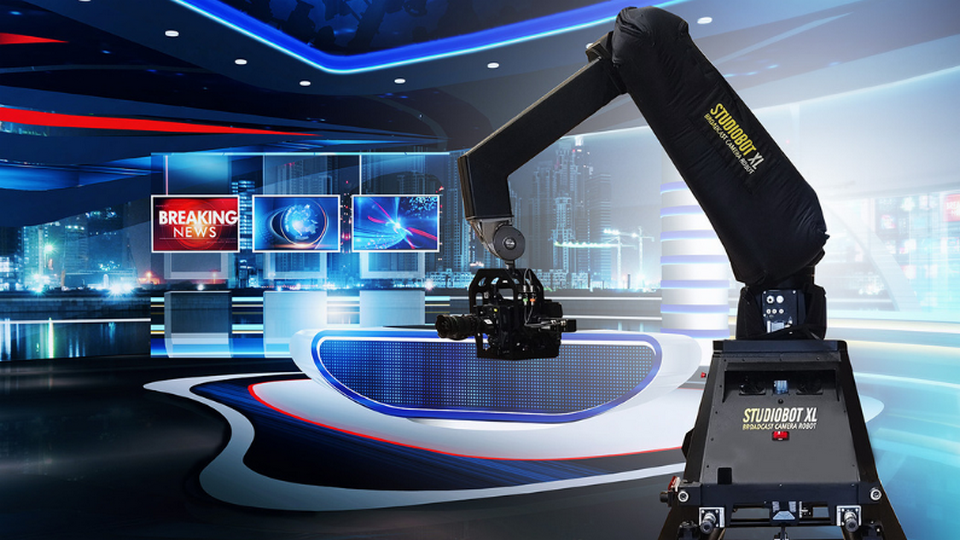At the upcoming International Broadcasting Convention (IBC) in Amsterdam, Mark Roberts Motion Control (MRMC), a subsidiary of Nikon, is set to introduce a series of pioneering broadcast technologies.
Visitors to the MRMC Broadcast booth can expect to witness the future of Virtual Studios, Virtual Teleportation workflows, PTZ solutions, the newest Slidekamera by MRMC offerings, and Nikon’s Z series cameras. Additionally, the Motion Control booth will premiere the much-awaited Cinebot Mini camera robot, offering attendees a hands-on experience.
Innovations in Virtual Production
MRMC will spotlight an array of studio-centric robotic tools, including the Studiobot XL, AJS-2 (Advanced-Jib System), and TRH-1 (Track Robotic Head). These tools will be demonstrated in tandem with virtual production workflows. The booth’s design at IBC is tailored to illustrate the integration of these solutions with virtual graphic systems, emphasizing features like positional data mapping and camera perspective alignment. This setup offers attendees a glimpse into the revolutionary tech reshaping global studio operations. Live demos will also showcase MRMC robotics in action, as seen in renowned studios like ESPN’s Catalyst Stage in Bristol, CT, complete with virtual production screens and ghost framing from disguise.

The LED screen is a product of i5LED, a leader in direct-view LED display solutions. The showcased i5LED, ICON PerformancePlus XR LED display, is a modular solution ideal for broadcasting and virtual production. It boasts features like a 100% DCI-P3 color gamut, HDR technology, and a flicker-free 7,680Hz refresh rate, ensuring vibrant visuals and a lifelike viewing experience.
Breaking Ground with Virtual Teleportation
In a significant technological leap, MRMC will present its Virtual Teleportation workflow. This innovation uses robotic heads at various sites, programmed to move synchronously, facilitating a seamless shift from a solo shot to a dynamic duo shot. This breakthrough allows studios to effortlessly transition between distinct locations or merge remote and local feeds, crafting the illusion of subjects in a shared space. This system compensates for any delays between sites, guaranteeing synchronized movement. The green screen feed is juxtaposed against a real or another virtual set, reinforcing the perception that all participants occupy the same space.

Image credit – MRMC











